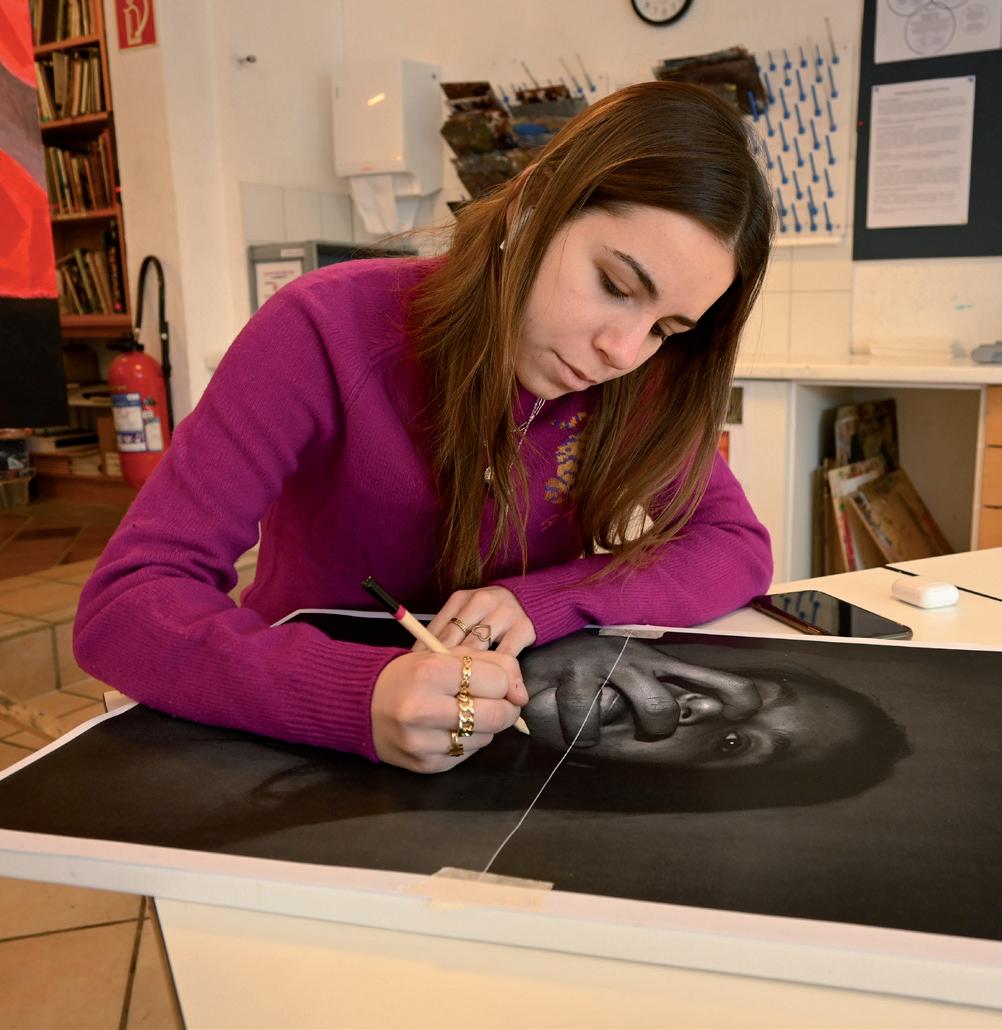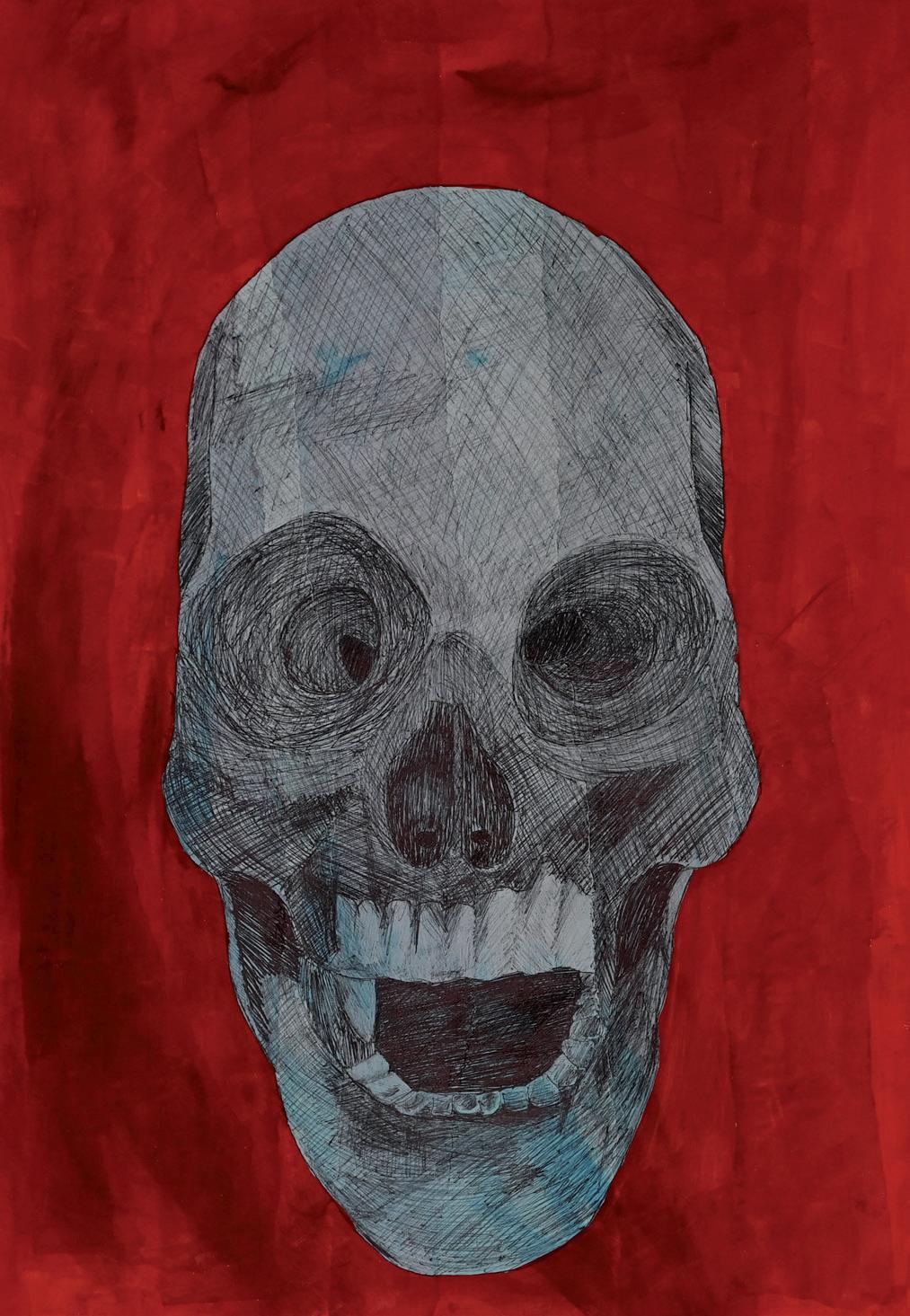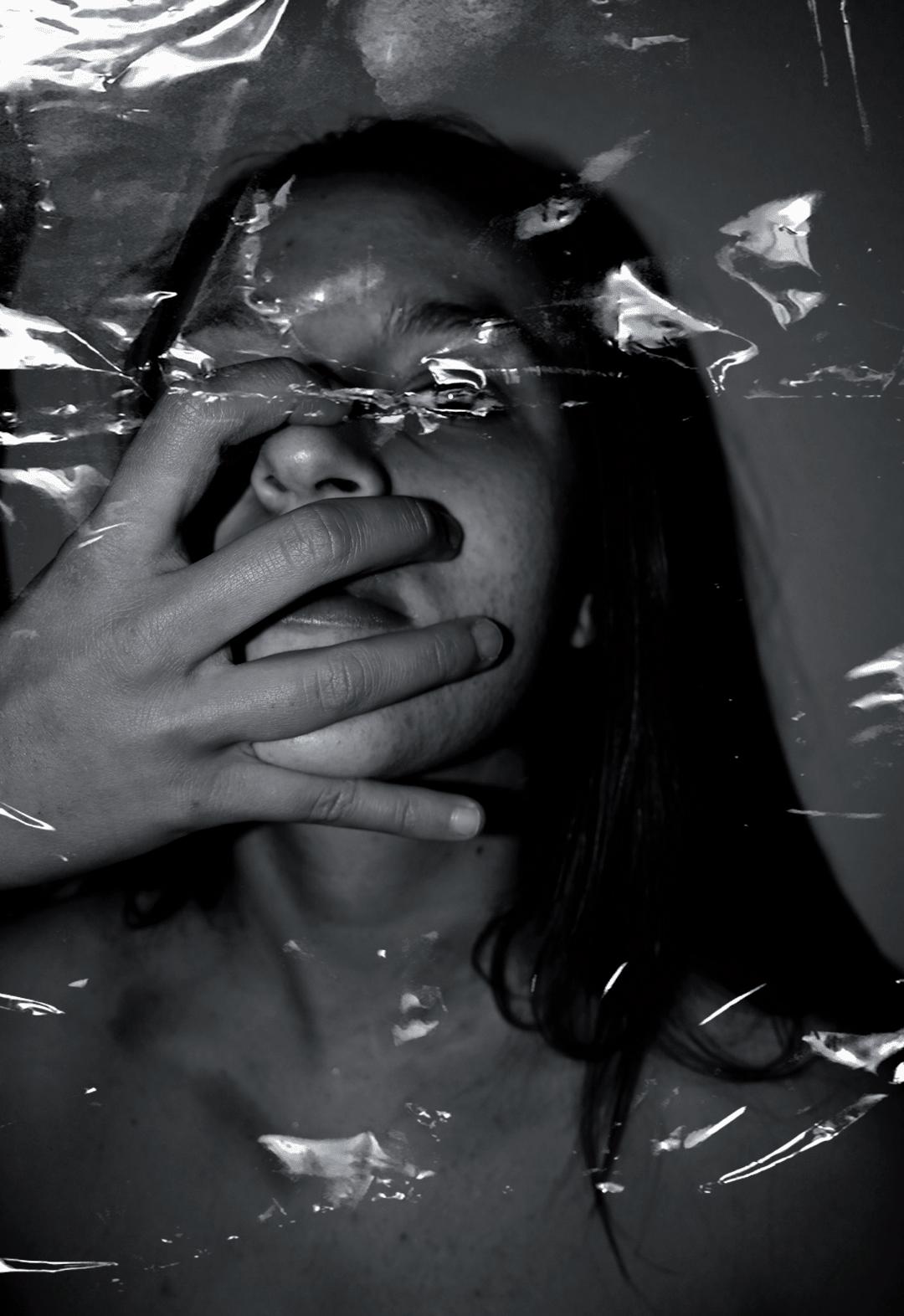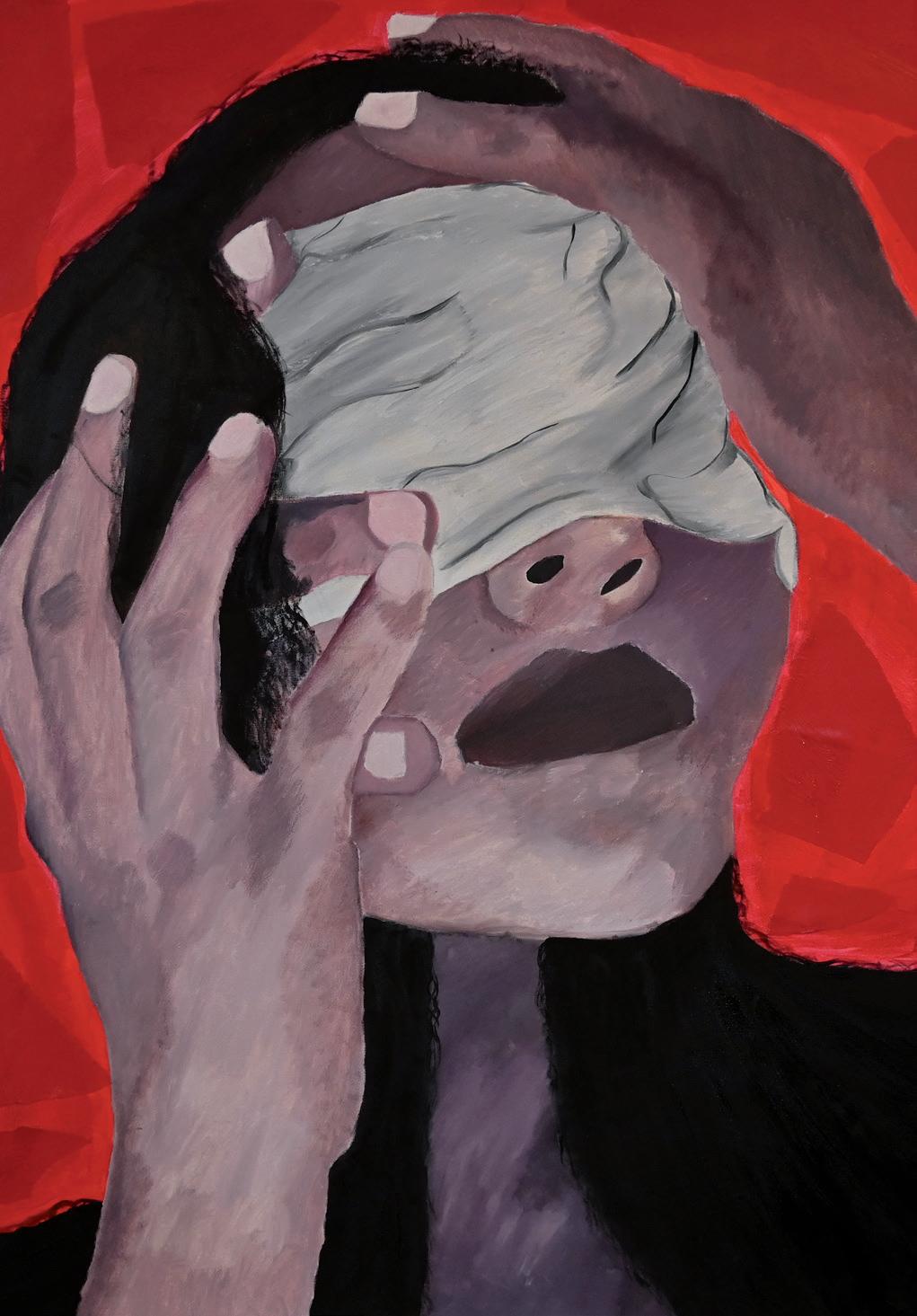
2 minute read
Mar Huguet
Exeter
Initially, I decided to explore the theme of oppression throughout my various pieces of artwork. I have always been interested in art that challenges the viewers to discover a different perspective or meaning of the work and create a sense of importance, making them aware of global issues faced by society. With that said, I wanted to ensure my audience a challenging experience when viewing my artworks. Oppression, being the unjust or cruel exercise of authority or power, is a concern that can fall into many different categories. Because it falls under many categories, my audience is able to portray the work and relate it to themselves at a deeper level.
Advertisement
However, if my audience can not relate to the work in any shape or form, the intent is to educate them on this oppressive society we live in and perhaps persuade them into making a positive change in their communities.
26
IB ART EXHIBITION | 2020 - 2021
Throughout my artwork, this ongoing theme is displayed in numerous different styles, from paintings, to photographs or 3D works.
In one way or another, I emphasised the importance of oppression, while still disguising the obvious in order to challenge the viewers. I was able to tie my pieces together into a cohesive body of work through colour and techniques. Throughout all my works, I focused on using subtle colours such as black and white, with a pop of red here and there. Black, symbolising power, anger and sadness, while white symbolises innocence and purity contradict each other, the same way oppression contradicts itself, as one society feels less important than the other. The use of red in my works represents power and courage, which connotes the idea of feeling free from oppression, or, can also be symbolised as the power a certain gender, government or class may have. Ultimately, I have decided to display my exhibition following the “staircase of oppression.” This conceptual model presents how oppression is constructed, in steps, from categorising people through stereotyping, following discrimination, and finally on to structural systematic oppression. I decided to stage my artwork in the form of a staircase, starting at the top by objectifying a category, to then stereotyping a belief, prejudice a value, discriminating an action, and ending with oppression, while the space below each staircase represents the space in which we can be human together. In terms of my audience, it is intended that they view this staircase as the withering effect oppression has on specific groups of people within a country or society. The simple act of stereotyping quickly descends to discrimination and oppression, creating a marginalisation that can, again, be relatable to the audience or persuade them into making a positive change in their communities.
27












